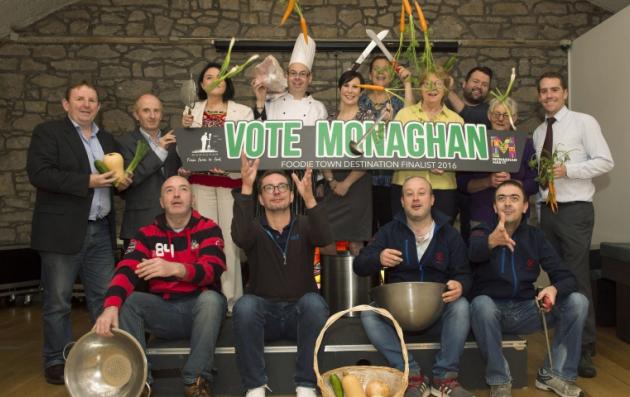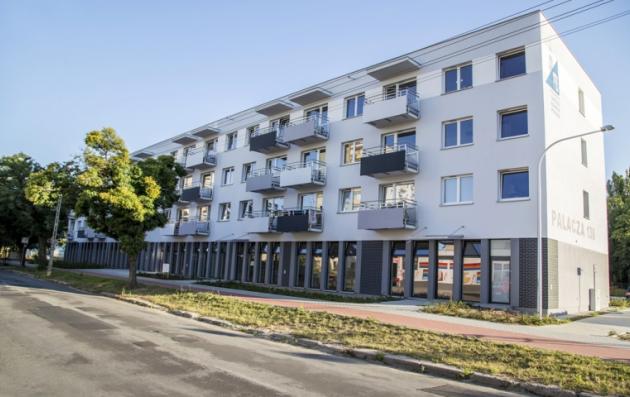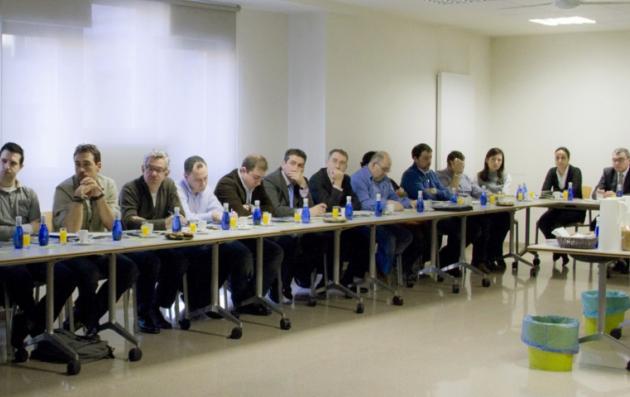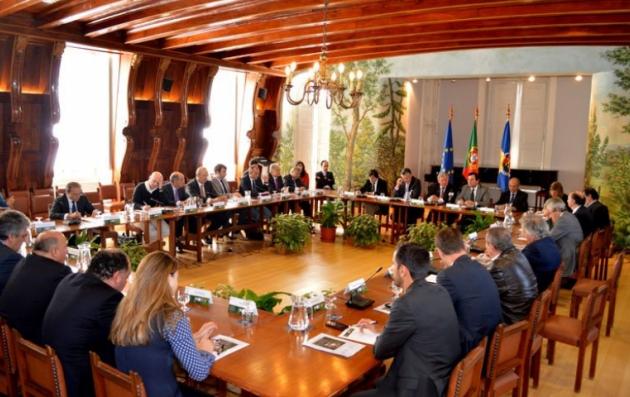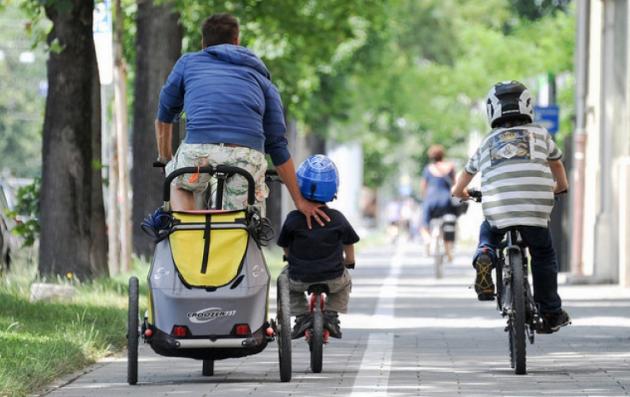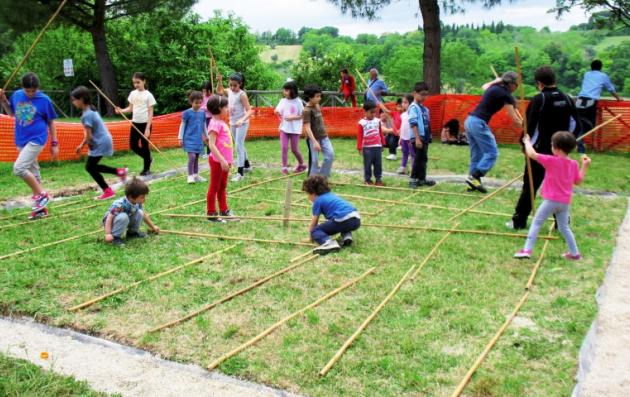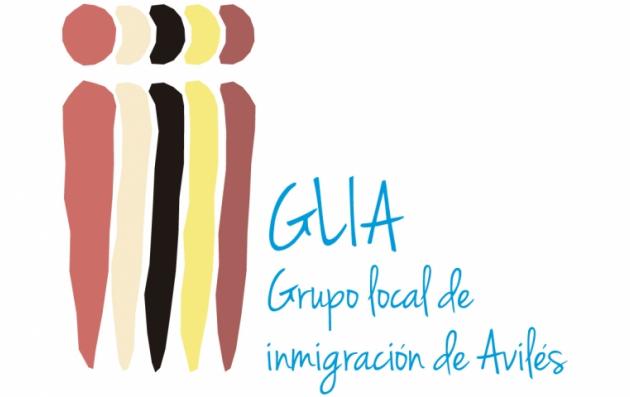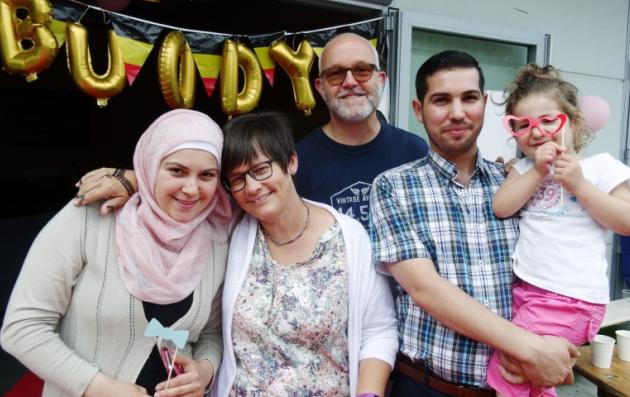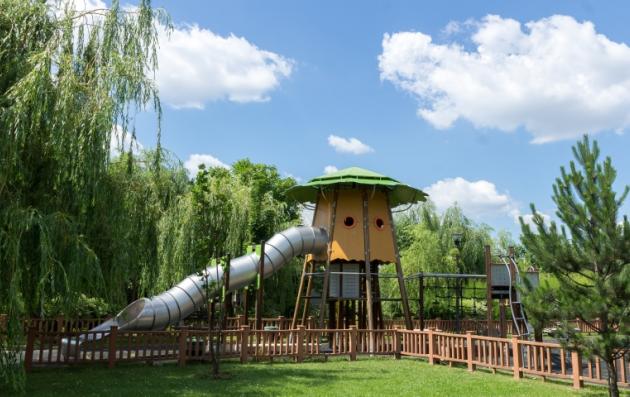From smart land-use to sustainable communities
An integrated approach to sustainable urban development and upward social mobility
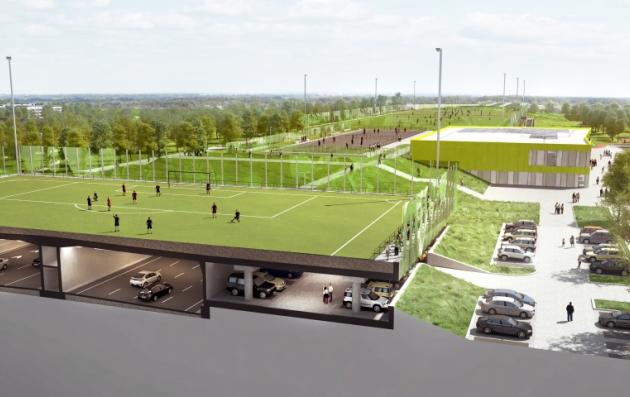
Summary
Schiedam is situated near Rotterdam, in the Netherlands' most densely populated urban area. With a predominantly low-income population of 78,000, Schiedam decided to promote upward social mobility by improving its housing stock and facilities, encouraging talented, economically successful citizens to stay in the city.
In 2010 Schiedam seized the opportunity to use the roof of a 2.5 km motorway tunnel to relocate sports facilities and redevelop their former sites. Schiedam was "unlocked" in close cooperation with citizen groups and sports clubs, as well as private companies, to ensure the feasibility of plans produced in the participative process. It also minimised public financial risks and was combined with a smart procurement strategy and room for private initiatives.
This programme supports social cohesion and inclusion by developing new multifunctional sports facilities while adding 640 sustainable dwellings to facilitate local housing for citizens.
The solutions offered by the good practice
The good practice offers the following solutions:
- Efficient spatial integration of main national infrastructure;
- Substantial mitigation of air pollution and noise compared to the effects achieved by a traditional approach to motorway construction;
- Improved urban green areas that are well connected to the rural areas outside Schiedam by walking and cycling routes;
- Stimulating a healthy, active life style by building new and multi-functional sports facilities with added features like physiotherapy, a childcare centre and a (1,200 pupil) dance school;
- Vital sport clubs organising activities that contribute to social cohesion and inclusion;
- Development of 640 new, all-electric apartments and houses that contribute to a sustainable, differentiated and higher quality housing stock;
- Retaining higher income groups in the city by improving public facilities and housing stock;
- Supporting a local housing career for Schiedam citizens as a contribution to upward social mobility.
Building on the sustainable and integrated approach
Schiedam in Motion is an example of a sustainable and integrated approach to tackling urban challenges, both horizontal and vertical. The approach is horizontally integrated because it covers multiple dimensions of public policy, i.e. sports, public health, social cohesion and inclusion by enabling local housing careers. The vertical integration shows a multilevel governance approach through the interaction between the national, regional and local levels of public administration.
The package deal about the building and local integration of the A4 motorway was the result of a 40-year history of deliberation between local, regional and national governments. Since its start in 2010, Schiedam in Motion has interacted closely with public and private stakeholders for their input and commitment to a feasible and sustainable plan and decision-making process.
A lean procurement strategy was designed in which transactions with developers were limited to the sale of land. The contracts contained very little detailed and formal requirements about the development itself, other than the general rules of the municipal zoning plan. This proved to be successful in mobilising market creativity and keeping a high pace in the process.
With investments, capital and running costs as well as savings for long-term maintenance and renewal, Schiedam in Motion is fully integrated in the municipal budget for the next 30 years.
Based on a participatory approach
The evidence of the participatory approach is (among other things) to be found in reports to the city council with recommendations of consultation groups of citizens and sports clubs as a result of several years of periodic meetings with these groups. There are also reports to the city council with advice and propositions from private companies (developers, building companies) about the redevelopment of the former sport sites in an environmentally sustainable way.
Early engagement of citizens in the new developments and their production of written reports (recommendations) resulted in adaptations of plans and an effective contribution to the final development. Furthermore, the participation process was provided with the findings of expert groups who advised about the latest trends in sport (how it will be organised, what are the consequences for new accommodation).
What difference has it made?
Schiedam is a member of Eurotowns, the European network for medium-sized cities. We realise that this practice addresses issues that many European medium-sized cities face:
- How to optimise the use of limited space in densely populated urban areas;
- How to combine public health demands (air pollution, noise) with spatial development tasks and ambitions like the integration of large (national) infrastructure;
- How to engage citizens and other stakeholders in an early stage of development, thereby ensuring commitment to new developments and mobilising their ideas and creativity for the continuity of the process, as well as the quality of the final plans;
- How to facilitate social cohesion and inclusion and use investments in sports, housing, public health and green recreational areas as a means to do so. In March 2017, Hastings Borough Council (UK) visited Schiedam to learn from the Schiedam in Motion experience. They proved the transferability of the project: https://www.youtube.com/watch?v=2Mo5NGo9D8k
Why should other European cities use it?
Schiedam is a member of Eurotowns, the European network for medium-sized cities. We realise that this practice addresses issues that many European medium-sized cities face:
- How to optimise the use of limited space in densely populated urban areas;
- How to combine public health demands (air pollution, noise) with spatial development tasks and ambitions like the integration of large (national) infrastructure;
- How to engage citizens and other stakeholders in an early stage of development, thereby ensuring commitment to new developments and mobilising their ideas and creativity for the continuity of the process, as well as the quality of the final plans;
- How to facilitate social cohesion and inclusion and use investments in sports, housing, public health and green recreational areas as a means to do so. In March 2017, Hastings Borough Council (UK) visited Schiedam to learn from the Schiedam in Motion experience. They proved the transferability of the project: https://www.youtube.com/watch?v=2Mo5NGo9D8k
-
263_Schiedam_Gpsummary.pdf(PDF, 273Ko)

